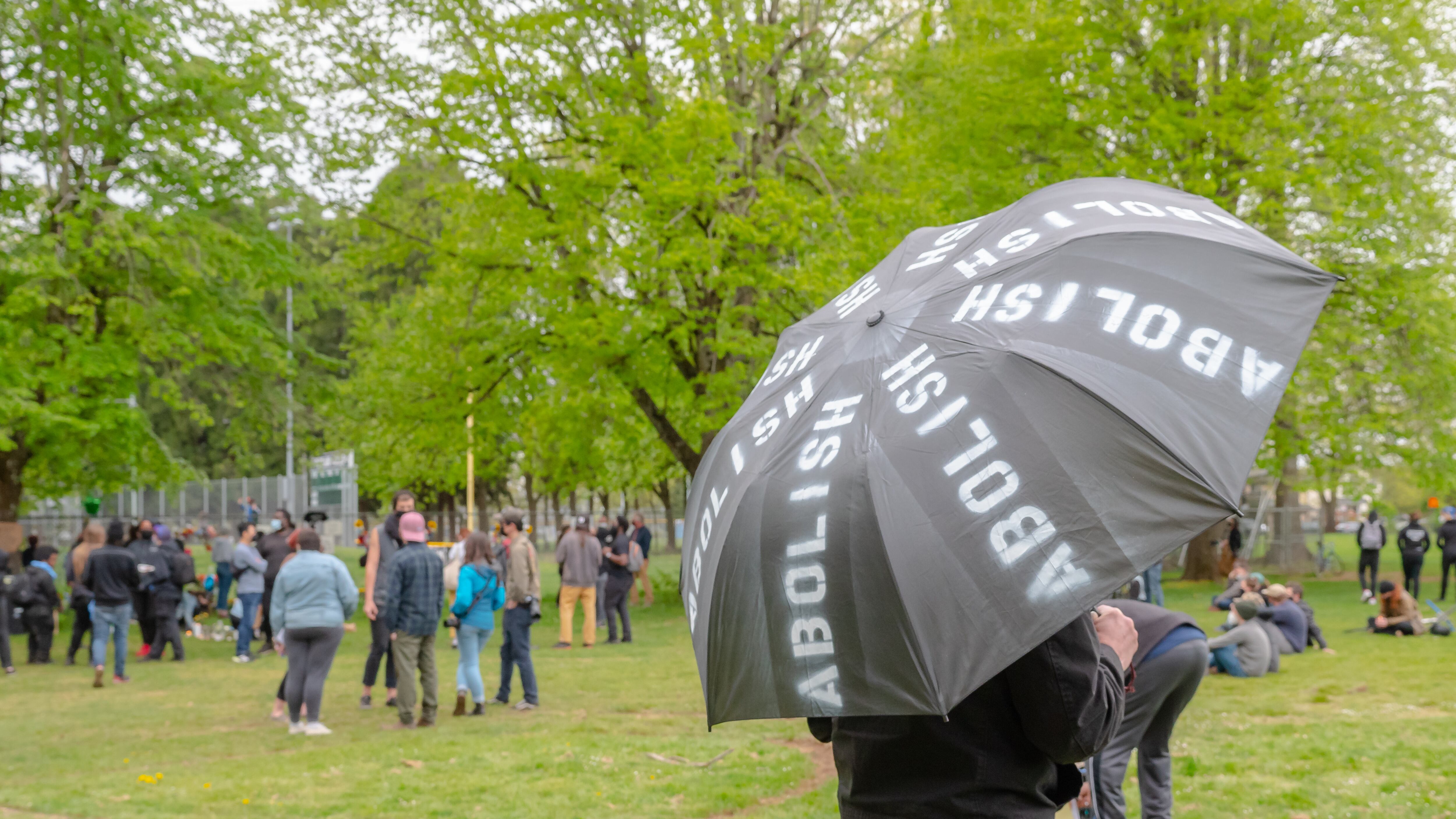The Portland Police Bureau has elected not to discipline officers involved in a pair of high-profile police shootings last year, abiding by recommendations made by its disciplinary advisory committee, the Police Review Board, this spring.
Officer Zachary DeLong used “deescalation techniques” and “had no other option” than to kill Robert Delgado, 46, in Lents Park in April, the committee concluded. Delgado, suffering from a mental health crisis, had an orange-tipped fake handgun, and pointed it at police as they approached.
Michael Townsend, who was killed by Officer Curtis Brown, “posed the threat of inflicting serious physical injury and a substantial risk of death when [he] came at the officers with a sharp tool,” the committee wrote. The bureau released surveillance footage shortly after the shooting of 40-year-old Townsend advancing toward a retreating Brown with a sharpened screwdriver. Brown “acted in accordance with the training,” the committee noted.
Townsend’s family has filed a wrongful death lawsuit against the city, criticizing the sending of armed police responders instead of an unarmed mental health team like Portland Street Response. Townsend had called 911 after contemplating suicide.
All seven members of the committee, a majority of whom are employees of the bureau, agreed DeLong’s and Brown’s actions were “in policy.” Grand juries have previously declined to indict either officer on criminal charges.
The committee, which reviews all uses of deadly force, published its reasoning last week. The summaries, posted to the bureau’s website, have been scrubbed of names. But WW was able to identify the officers and victims based on the date and location of the incidents. Portland Copwatch first reported the release of the report earlier today.
The Portland Police Bureau has been under federal oversight for eight years stemming from a federal lawsuit alleging excessive use of force against people with mental illness. The problem remains unsolved and the bureau remains out of compliance with a settlement agreement it signed with the U.S. Department of Justice.
Use of force by the bureau has decreased overall—but not against people with mental illness. And when police do use force, the “intensity or level” is greater, according to a November legal brief filed by the Mental Health Alliance.
The committee declined to recommend disciplining the officers, but did issue recommendations stemming from the shootings and their aftermath.
Another officer shot Townsend with a “less lethal” weapon while he was on the ground, and officers didn’t immediately give medical aid because “no shield [was] available for protection.” A member of the committee said the delayed care was a “tragedy.” Later in the report, a member says, “it does not look good when the public witnesses an officer shooting at a downed suspect.”
The committee “recommended the bureau explore practical ways to supply ballistic shields to more officers.”
In the wake of Townsend’s killing, a crowd of people confronted the officers. “Violent protesters threatened the integrity of the scene,” the committee noted. “Currently, members are uncertain what force options, tools, and tactics are available, lawful, and within policy in such situations.” It recommended the bureau’s policies be updated to “incorporate recent legislative changes and court rulings.”
The bureau accepted all of the committee’s recommendations related to the two shootings.

